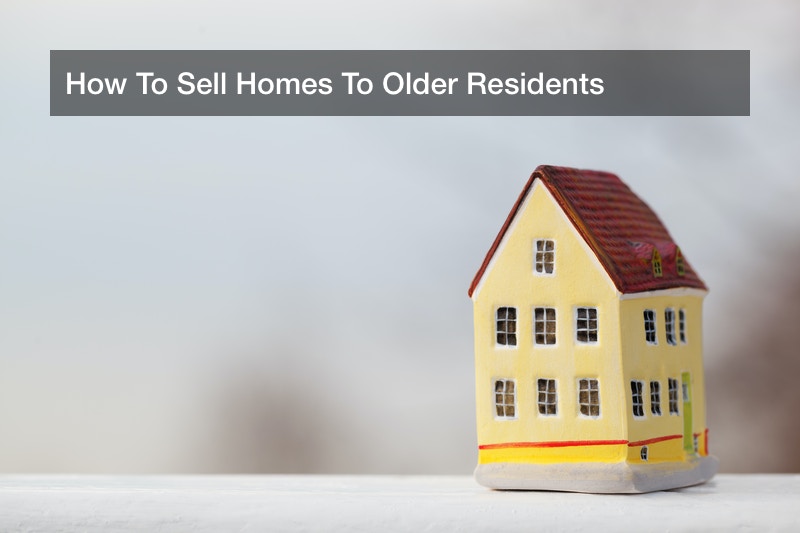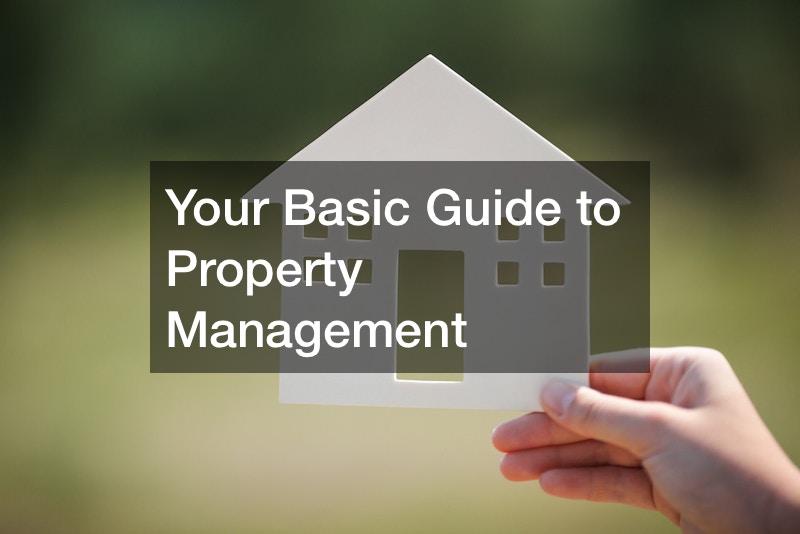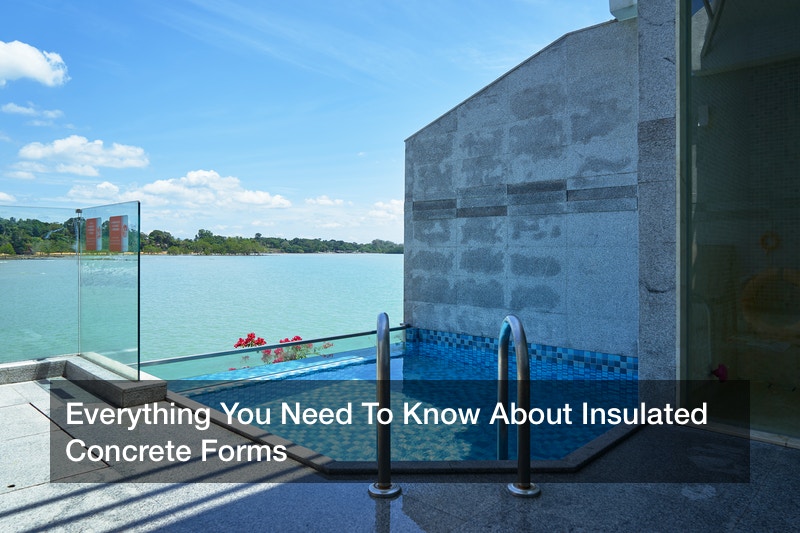
When you’re looking to sell a smaller home, you’re generally looking to target one of two audiences. The first is a young adult or a young couple looking for a starter home. While this can be a good option for selling, you might run into some trouble finding a buyer; this generation of young adults is having a harder time than ever saving up for a down payment on a home, making them more likely to rent. Even though 32% of people looking to buy a home are first time homebuyers, Millenials are less likely to be that audience. Chances are, your small home isn’t something they’re looking to buy quite yet.
Your other option, however, is far more likely to buy: aging homeowners looking to downsize. This corner of the real estate market has plenty of potential. Today, about 63% of Americans now plan to keep working after the average age of retirement. So while many Baby Boomers and seniors traditional downsize as they age, a growing number are looking for houses. And if you know how to market to this growing demographic, they could be looking at your house. Of course, not everyone knows how to make the most of this opportunity.
If you want to sell your home faster, then h ere are a few tips to help you make your home more marketable to an older audience.
Repair now, benefit later
What might seem like unnecessary repairs or renovations right now could quickly turn into extra cash later on when you sell the home. This is true for most buyers, but especially so for older buyers who won’t want to take on larger home repair tasks. Assuming everything is working properly in your home, start with the exterior and work your way in. A good paint job should last anywhere from 8 to 10 years by most experts’ estimations. If you find yourself needing to paint siding more frequently, it may be time for a replacement, and it’s best to do that before you sell.
Plan for low maintenance
If your buyers are on the elderly side, they’re likely not going to want to have to worry about regular maintenance tasks that might be more difficult with limited mobility. This is why you should aim to make your home as low maintenance as possible. You can cater to this in little ways throughout your home, like switching out your existing incandescent bulbs to LED lights. LED lights don’t burn out as quickly, meaning they’ll need to be replaced less often. Additionally, they’re a worthwhile investment since they cut down on energy expenditure in your home. LEDs use only 15% of the energy a standard halogen light uses, and provide up to 85% more light output.
Account for accessibility
Most importantly, when you’re looking to sell a home to an older or aging audience, you’ll need to account for accessibility. Many people nowadays are choosing to stay in their homes rather than move to a retirement community, meaning an accessible home is essential. Aging in place-related home modifications are also increasing in popularity, with 62% of builders working on these projects. They can make you far more appealing to aging buyers, who might not be able to buy a home without these modifications in it. If you have it in the budget to make these adjustments, it could be incredibly worthwhile, and even improve your home’s value.
While many parts of selling a home to an older audience are similar to the process of selling to a younger audience, there are a few key elements you should be focusing on if you want to have the best chance of getting a high offer on your home from an older buyer. Would you use these tips to sell your home?





